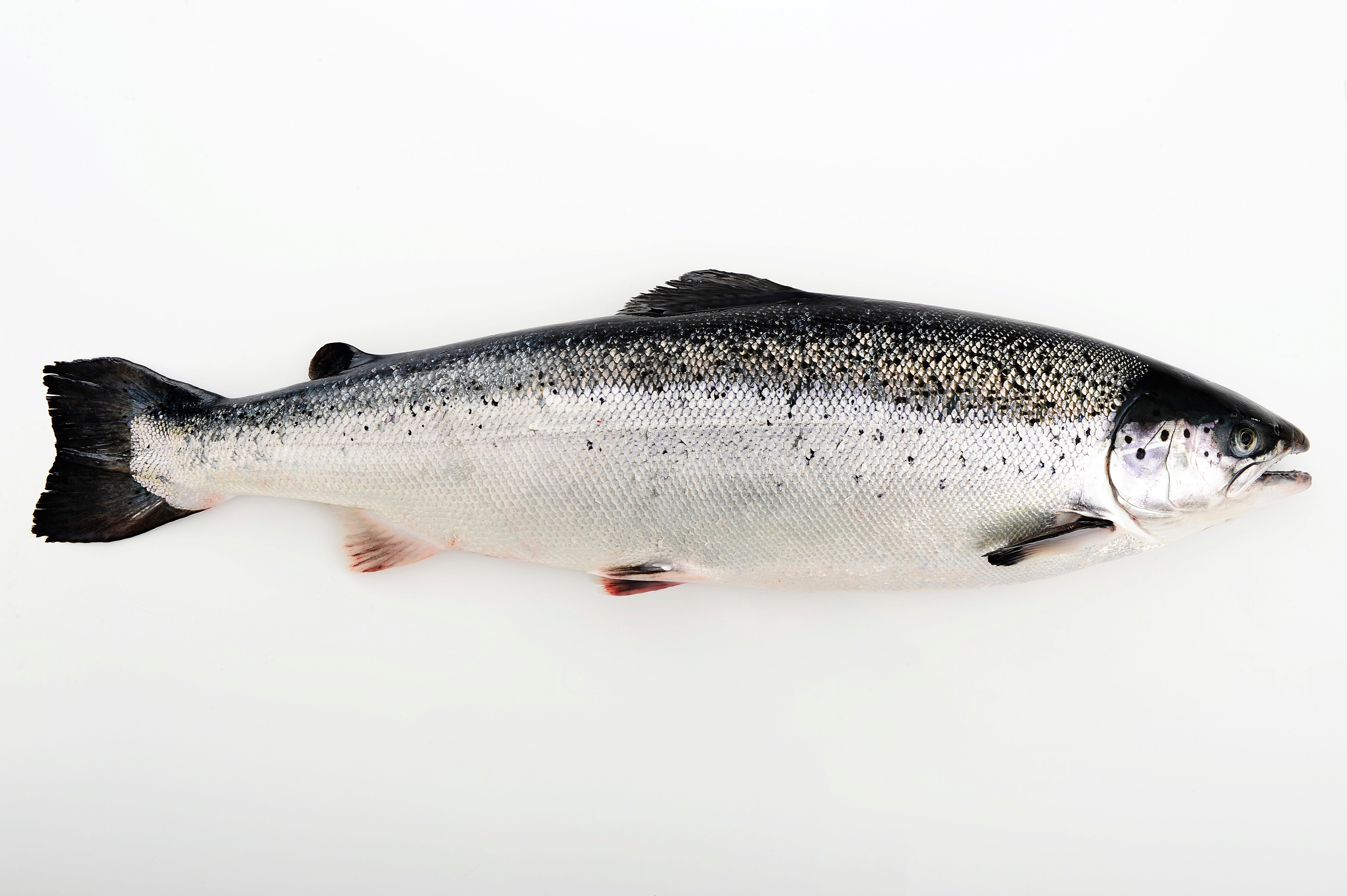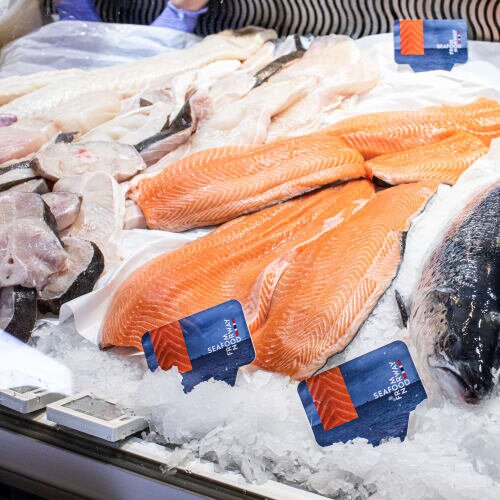It’s only just over 50 years since the first successful salmon farm in Norway. Since then, salmon – or in fact Norwegian salmon - has become the world’s most popular fish.
Grilled, smoked, fried, sushi, burgers, in woks, wraps, pokebowls and tacos. The options are limitless when it comes to the dishes where salmon can be used. Salmon's great versatility, taste and high nutrient content are important reasons for the pink fish's rise to fame and increasing popularity worldwide. The world’s insatiable love for salmon has made it the world's most popular fish, according to a large international survey from the Norwegian Seafood Council. The survey is the world's largest consumer survey on seafood, with between 25,000 and 30,000 people from 20 markets participate every year.
How salmon from Norway conquered the world
The annual Seafood Consumer Insight study is a large international study and has been performed by the Norwegian Seafood Council in their most important markets for more than a decade. The purpose of the study is to gain insight into consumer trends, preferences, and attitudes to seafood in the most important markets for Norwegian seafood. The study provides Norwegian exporters and seafood producers invaluable insight into the markets they operate, what drivers and barriers for consumption are present, why some prefer certain seafoods to others, and how these change over time.
In this year’s study, when asked what fish and seafood people prefer on weekdays, weekends and in restaurants, salmon, with only a few exceptions, is ranked among top three in all markets.
In addition, salmon is number one for all meals in seven out of 20 markets. In 13 markets, salmon is the number one choice in at least one of the meal categories.
No other seafood or fish species come close, making salmon the most preferred seafood option across all the markets.
Furthermore, the survey asks whether people have preference for the origin of their salmon. Whilst there are obvious differences between markets here, looking across all respondents in the survey, 44 percent prefer the Norwegian origin to other countries. The next one on the list is Alaskan/US origin with 11 percent.
“We see this also in other in-depth studies from several markets, Norwegian salmon is nearly always up there when it comes to preference. Looking across all the markets, Norwegian salmon is the world’s most preferred fish,” says Tom Jørgen Gangsø, the director of market insight at the Norwegian Seafood Council.
Half a century of salmon aquaculture
Norway has exported seafood for more than 1,000 years, but salmon exports are relatively new. 2020 marked the 50th anniversary for salmon aquaculture, but the celebration was postponed until this year due to the pandemic. Already in the late 1960s many Norwegian salmon pioneers were experimenting with aquaculture along the coast of Norway. But the world’s first successfully farmed salmon was set out into a pen in a Norwegian fjord outside Trondheim in 1970, by brothers Ove and Sivert Grøntvedt. But it would take many years before salmon become a food staple and favourite on dinner tables worldwide.
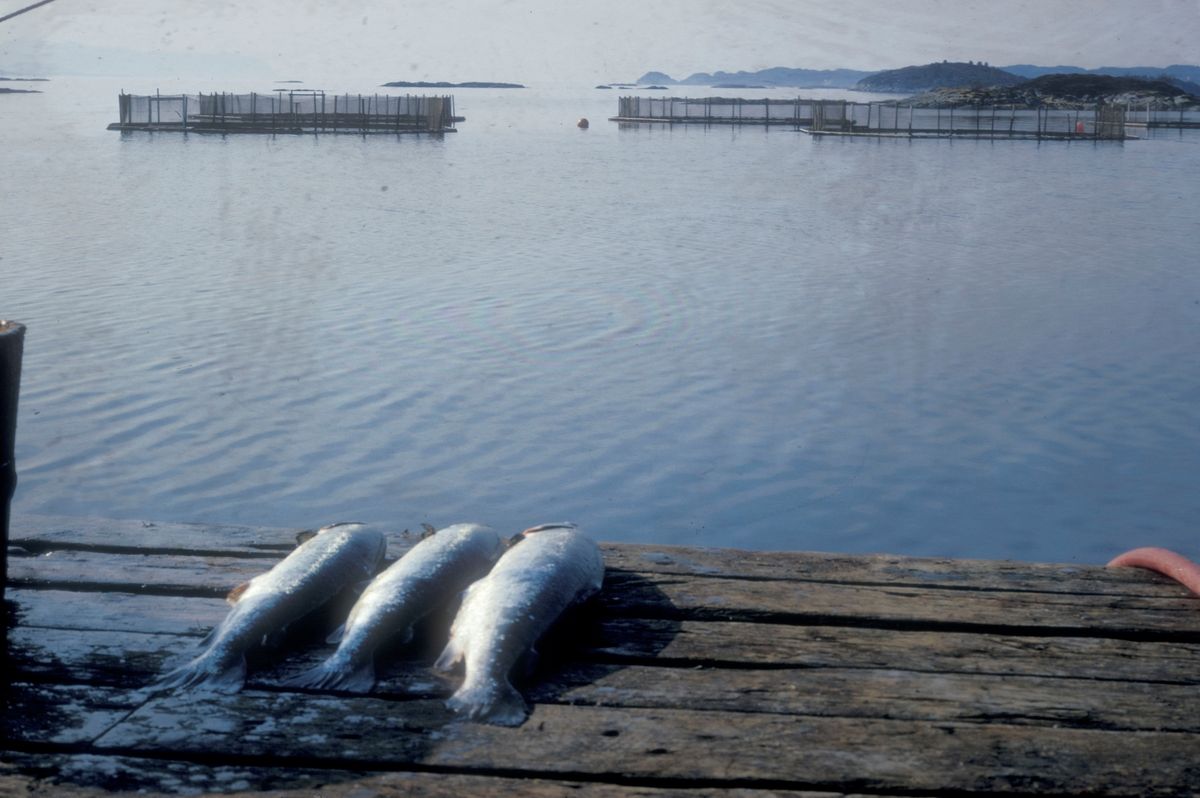
It wasn’t really until the late 80s, when the Japanese opened their eyes to eating raw Norwegian salmon that the Norwegian salmon fairytale really gained speed.
Today, Norway stands for more than half of the global market for Atlantic salmon, according to the FAO. Norway exports salmon to more than 100 countries across the world, more than 1 million tonnes in 2019, which represents 14 million meals of Norwegian salmon eaten every single day.
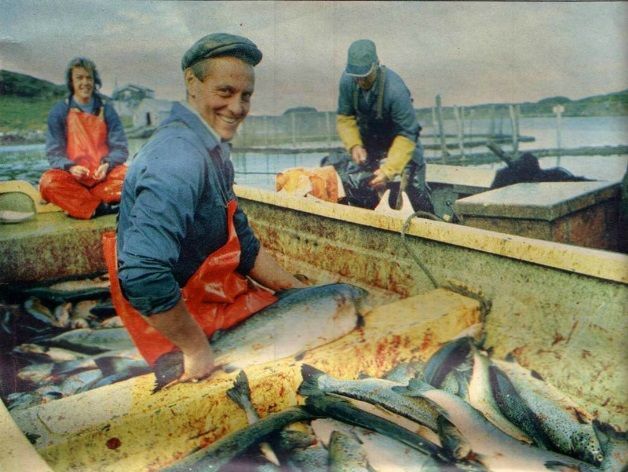
Salmon sushi - a Norwegian invention
Sushi is a 500-year-old Japanese tradition, but eating raw salmon in sushi is a Norwegian invention from the 1980s. Today Norwegian salmon isn’t just the most popular fish in the world, but also the world’s most popular sushi topping. This is all thanks to a group of ambitious Norwegians with salmon to sell, who travelled to Japan with one goal – to introduce raw Norwegian salmon to one of the world’s proudest culinary traditions. The plans were called Project Japan and was in many ways the precursor for the organization now called the Norwegian Seafood Council, which today promotes Seafood from Norway in markets worldwide.
Japan and Norway have in many ways helped each other, thanks to Norwegian salmon, sushi is now a worldwide phenomenon, and thanks to Japanese sushi, Norwegian salmon is now a global commodity.
Salmon is the most preferred sushi topping in 17 out of 20 markets in the Seafood Consumer Insight study, and overall 64 percent of respondents say salmon is their most preferred fish in sushi.
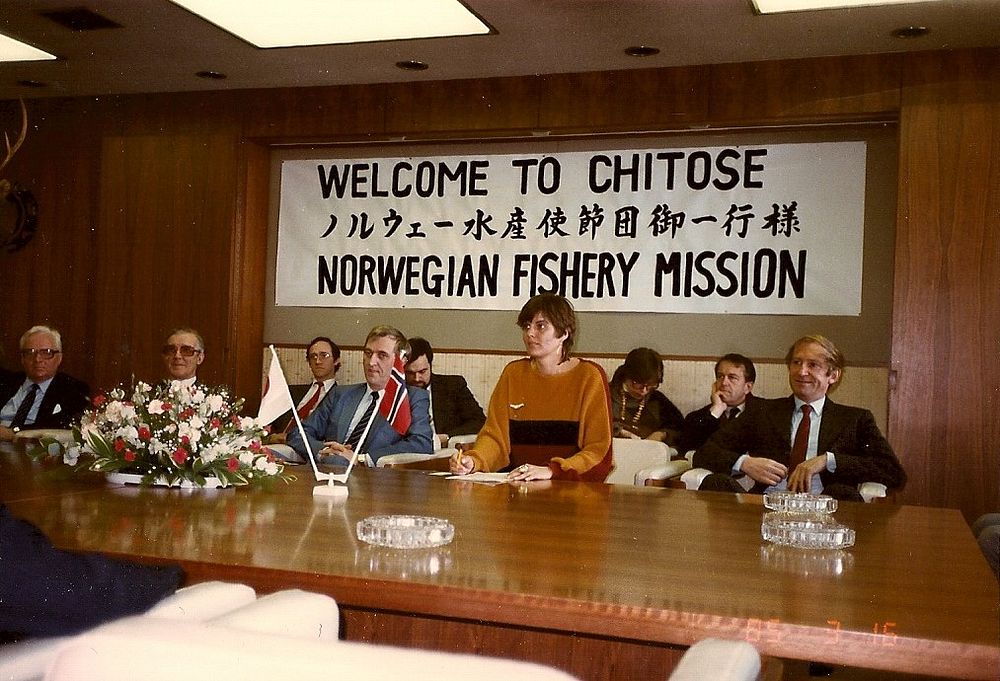
Why Norwegian?
There are many other salmon producing nations in the world, and with the emergence of land-based farming the list is set to grow rapidly in coming years. Still, Norway with its long coastline and stable, cold temperatures makes for the perfect natural conditions for salmon farming, and currently about half of all farmed salmon comes from Norway. The Norwegian origin is also the most preferred among consumers, and also the only origin which seems to be increasing in popularity year on year, according to the NSC’s Seafood Consumer Insight study. In 2014, Norwegian origin was preferred by 36 percent of respondents in the international survey, 5 years later this has increased to 44 percent.
Tom Jørgen Gangsø, director of market insight at the Norwegian Seafood Council, believes there are several reasons for this.
“Norway already has an advantageous starting point with its long and proud traditions living by and off the sea, with perfect natural conditions for salmon farming. Cold, clear waters in the fjords along our long coastline is an environment where salmon thrive. But the Norwegian salmon industry would not be where it is today if it wasn’t for hard work, grit and determination over many years, constantly evolving and seeking solutions to challenges, says Gangsø.
He also highlights what is called «The Norwegian model» as an important success factor.
The Norwegian Model of seafood resource management refers to the close collaboration between research, government, and the industry. Working transparently together for continuous improvements in the sector, Norway has been able to take a leadership position when it comes to knowledge, technology and sustainable management of both wild fisheries and aquaculture.
“At the same time, the Norwegian seafood industry has a joint platform for promoting its seafood through the Norwegian Seafood Council and the origin brand Seafood from Norway. Our most important role is to work with Norwegian exporters to increase the value of Norwegian seafood through marketing and other market activities which benefit all Norwegian seafoods. Our organization is 30 years this year, which is quite unique,” says Gangsø.
There is no doubt that Norwegian seafood exports, and salmon in particular, have been a success story. In 2019, the value of Norwegian seafood exports exceeded 107bn NOK, an 8 percent increase compared with the previous record year of 2018. Exports in 2020 proved resilient despite the pandemic, at a total value of 105,7bn NOK. This makes little Norway the second largest seafood exporter in the world, only China is bigger, but Gangsø is cautious about being too blasé about future success.
“Competition is tough, and the world is changing. 2020 showed us all that the world literally can change overnight. Future success will depend on systematic and targeted efforts across all aspects of the salmon industry,” concludes Gangsø.
